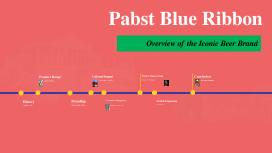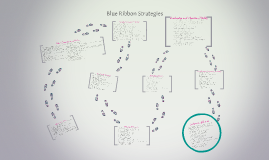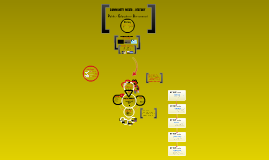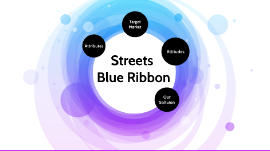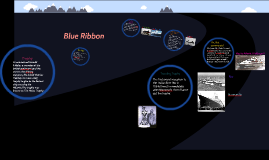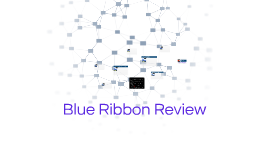Blue Ribbon
Transcript: Changing Standards and Curriculum Technology Intergration Is technology incorporated in all aspects of instruction? Do students have equal access to technology? Do students have time to use and access the internet? Are resources efficient? School have web page? Is there technology for student publishing? Students are trusted with technology? Do opportunities develop tech skills? Integrated use of technology? Does technology increase efficiency? Data used for making decisions? Do you have Technology plan? Teachers plan to integrate technology into lessons? Teachers apply technology (EDMODO...)? Apply to instructional strategies and to meet the needs of students as well? Teachers have access to technology? Teachers get follow-up training? Teachers know how to use data? Curriculum promotes achievement? Do you have challenging instructional objectives? School help student personal growth? Promotes citizenship development? Provide for opportunities to showcase interpersonal skills? Gain technological skills? Organization of the school prepare students for the next level? Is organized so that all students to be able to achieve and move to higher level courses? (not just a honors program, wants every child to be able to go to another level, this also looks at how we tailor daily instruction) Can students take more challenging coursework? Is there movement among achievement groups? Do you have special education and challenging courses available? (gifted and talented challenges courses; ESL/at-risk and challenging courses) Special needs students are mainstreamed? Continuous curriculum renewal? (digital 1:1, common core) Student data adds to the curriculum? (STAR, STARNET, Benchmark testing) if failed assessment, do we give remediation (student and teacher)? Staff supports and cares for students? Hiring practices Effective Hiring practices (Do you let your teachers give a test lesson before hire?, bring in students) Is the school safe and orderly? Is there a age appropriate drug prevention program? Is there classroom management strategies/theory? Has there been a reduction of negative behaviors ?(i.e. teachers 3 yrs or more usually know more about this than the new teachers; mentoring class for new teachers would be useful to communicate information such as this) Is the school building design and learning effective? Is the school building clean? Is there a focus on achievement? Calls to the school friendly? Are parents welcome to the school? Is building in good repair? School furnishings help student learning? Building bright and cheerful? Is there a display of student work and art? Is technology incorporated in all aspects of instruction? Do students have equal access to technology? Do students have time to use and access the internet? Are resources efficient? School have web page? Is there technology for student publishing? Students are trusted with technology? Do opportunities develop tech skills? Integrated use of technology? Does technology increase efficiency? Data used for making decisions? Do you have Technology plan? Teachers plan to integrate technology into lessons? Teachers apply technology (EDMODO...)? Apply to instructional strategies and to meet the needs of students as well? Teachers have access to technology? Teachers get follow-up training? Teachers know how to use data? Indicators of Success School Organization and Culture Professional Community Is technology incorporated in all aspects of instruction? Do students have equal access to technology? Do students have time to use and access the internet? Are resources efficient? School have web page? Is there technology for student publishing? Students are trusted with technology? Do opportunities develop tech skills? Integrated use of technology? Does technology increase efficiency? Data used for making decisions? Do you have Technology plan? Teachers plan to integrate technology into lessons? Teachers apply technology (EDMODO...)? Apply to instructional strategies and to meet the needs of students as well? Teachers have access to technology? Teachers get follow-up training? Teachers know how to use data? Blue Ribbon Strategies Vision and Mission categories and the needs of students Does the data drive the priorities? Comprehension support services? Transitions from grade level to grade level and from school to school and within? Parents informed? Are rules explained to them? Do students have a voice in planning? Encourage every student to participate in some club or activity Make sure you have your counselors working with special needs students; how? Active Teaching and Learning Student Focus and Support School Family and Community Partnerships Will look at data for teachers (absences,write-ups, SGP, grades) Curriculum impacts students in any way? Have Curriculum listed. Do you have it and is it effective? Do you have Foriegn languarge? Is curriculum aligned to all standards? Do you have alterrnative instructional strategies? Do teachers have high






